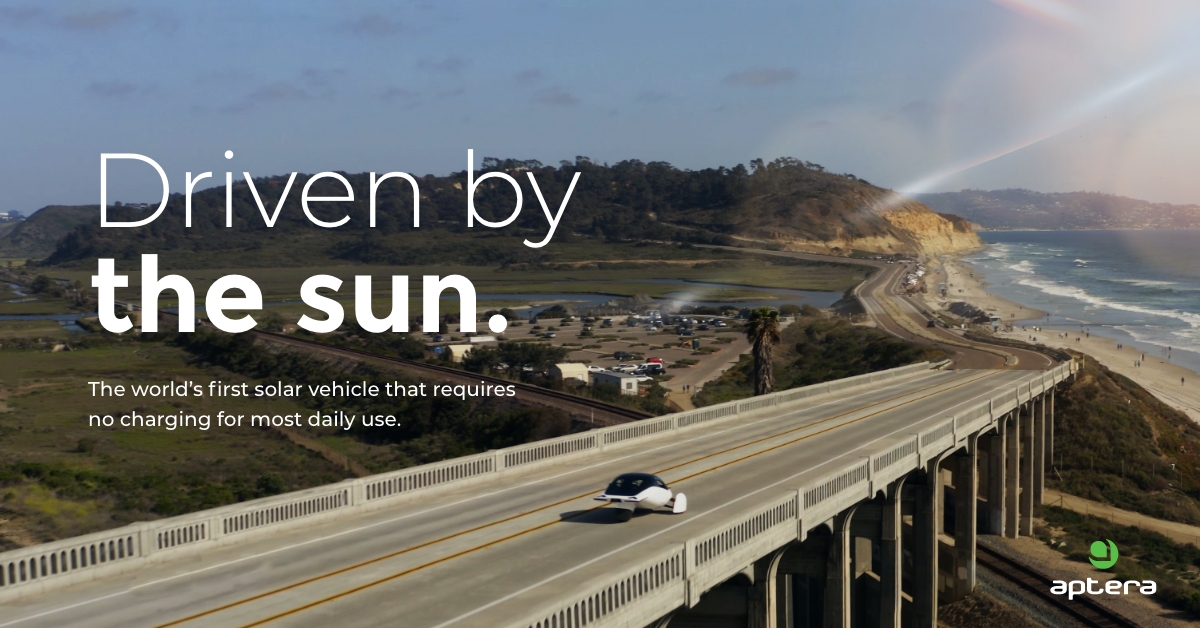Not sure what the problem is here, Rivian will have DC fast chargers that will give you 140 miles in 20 minutes. This is very close to the Tesla Superchargers, so to me compared to everything else out their they are supercharges.
Does that make a 350 kW Electrify America station a supercharger? IMO, no... it's a DC fast charger. The Tesla Supercharger is a brand name subset of DC fast chargers.
Rivian's own marketing material refers to the Rivian Adventure Network as DC fast chargers. To refer to them as superchargers would really muddy the water, particularly when many people hoped they would join the Tesla Supercharger Network.
To be a bit more pedantic, a lowercase s supercharger is a device that compresses air going into an internal combustion engine, increasing its effective displacement and power output. A capital S Supercharger is a Tesla branded DC fast charger.
Last edited:




